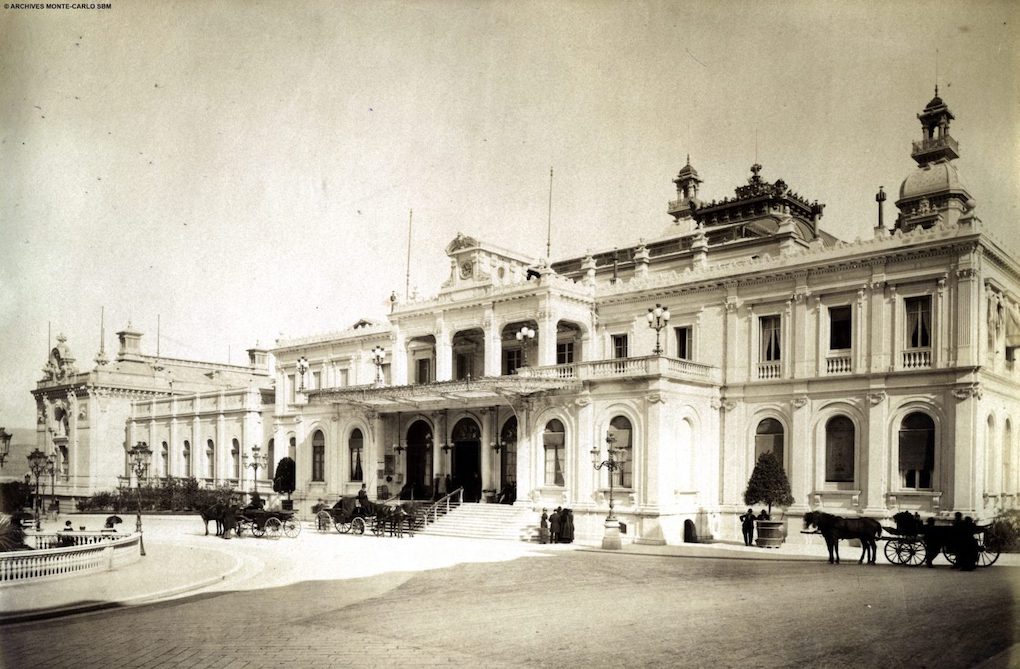5 things you didn’t know about Monaco, but should

The Principality has a few well-kept secrets!
While the Principality is well known for its amazing events, fabulous yachts moored in the port, luxury palaces and top-flight restaurants, you should be aware that the country, which measures just two square kilometres, has a rich history, and a few little secrets and anecdotes we’d like to share with you today!
1. Princes take precedence over Princesses in the order of succession
Like many royalties and principalities, Monaco observes the rule of male primogeniture on the same level of kinship, as enshrined in the Monegasque Constitution.
This is why Prince Albert II, although he was born after Princess Caroline, ascended the throne on the death of Prince Rainier III, and why his son, Hereditary Prince Jacques, is first in line, despite being born a few minutes after his twin sister, Princess Gabriella. This was also the case for Prince Rainier III, Princess Antoinette’s younger brother.

And did you know? National Day, or Prince’s Day, used to change date depending on the reigning Prince. Today, it is celebrated on 19 November, the date chosen by Prince Rainier III, in line with tradition, as it was the feast day of his Patron Sain and also of his own enthronement. Prince Albert II decided to keep the date of November 19, as a tribute to his father.
2. We owe the Monte-Carlo neighbourhood to a woman
Have you heard of François and Marie Blanc? They both came to Monaco from Homburg in 1863, where they met Prince Charles III and fell in love with the Principality, which was struggling at the time since losing Menton and its citrus fruits. François and Marie Blanc decided to turn Monaco into an unparalleled tourist destination.

And while François Blanc was mainly in charge of the financial side of things, Marie let her creativity and all her wildest ideas do the talking! The Hôtel de Paris, Café Divan (later Café de Paris), the Opera house, which she had inaugurated by the great Sarah Bernhardt… Her choice of the finest materials came as a surprise at first, but she was soon proved right. Named in honour of Prince Charles III, Monte-Carlo is still internationally renowned today for its sense of excellence and prestige.
3. Monaco is not just “for the rich”
Although Monte-Carlo is front and centre on the international stage thanks to its casino, luxury hotels and fine dining, the Principality as a whole doesn’t just cater for the wealthiest tourists – quite the contrary in fact!
For example, many establishments can be visited free of charge, and the country’s small footprint means that you can get around on foot or by bus at very affordable rates.

Being landlocked, it is also possible to find accommodation in neighbouring towns, where there are hotels and rental properties to suit all budgets.
And did you know that Monaco is very protective of its nationals? Thanks to its ‘national priority’ policy, Monegasques have access to state-owned housing at very attractive rates, and are given priority for employment in the country. Similarly, Monegasque children are entitled to a nursery school place by right, while other nationalities will only be admitted if places are available. Residents and nationals are also entitled to free medical care. Only emergency medical care is free for foreign nationals who do not live or work in Monaco.
4. Monaco has the world’s highest concentration of wealthy people
37,000 inhabitants, 12,000 millionaires, many billionaires… In the Principality, one person in 39 is said to have a large fortune!
It’s hardly surprising: a dream setting, high levels of security, a favourable tax policy… the Principality is a magnet for “ultra-high-net-worth individuals”, or UHNWIs. These are very wealthy individuals indeed, with at least $30 billion – or just over €25 billion – in investable assets, excluding property.
Monaco’s residents include Sir Stelios Haji-Ioannou, founder of easyJet, Flavio Briatore, founder of the Billionaire Group and former director of the Benetton F1 team, Sir Jim Ratcliffe, chairman of Ineos and owner of OGC Nice, Christina Green, co-founder of Green and Mingarelli Design, and Lady Monika Bacardi, co-founder of the AMBI Group.
5. Monaco, the safest country and the longest life expectancy
One of the Principality’s greatest assets is undoubtedly its high level of security: Monaco is one of the safest places in the world, as witnessed by the figures published by the Sûreté Publique (Police Department) every year.

Between 2019 and 2022, for example, the Police Department reported a 9% drop in crime in general, and a 34% drop in street crime.
Another of Monaco’s great strengths is its excellent healthcare system, with the Princess Grace Hospital, the Cardio-Thoracic Centre, the IM2S and its clinics. The Principality also topped the world ranking of countries with the longest life expectancy. According to “The World Factbook,” an independent statistics organisation, its residents live an average of 89 years, compared with 82 in France.







